Table of Contents
What Defines a Mild Chili Pepper (Under 1,000 SHU)
Mild chili peppers are varieties measuring under 1,000 Scoville Heat Units (SHU) on the official heat scale - significantly milder than commonly mislabeled "mild" peppers like jalapeños (2,500-8,000 SHU). True mild peppers deliver subtle flavor without noticeable heat, making them ideal for children, heat-sensitive eaters, and dishes where spice would overpower other ingredients. Understanding this critical distinction solves the #1 frustration home cooks face: accidentally adding "mild" peppers that still create noticeable burn.
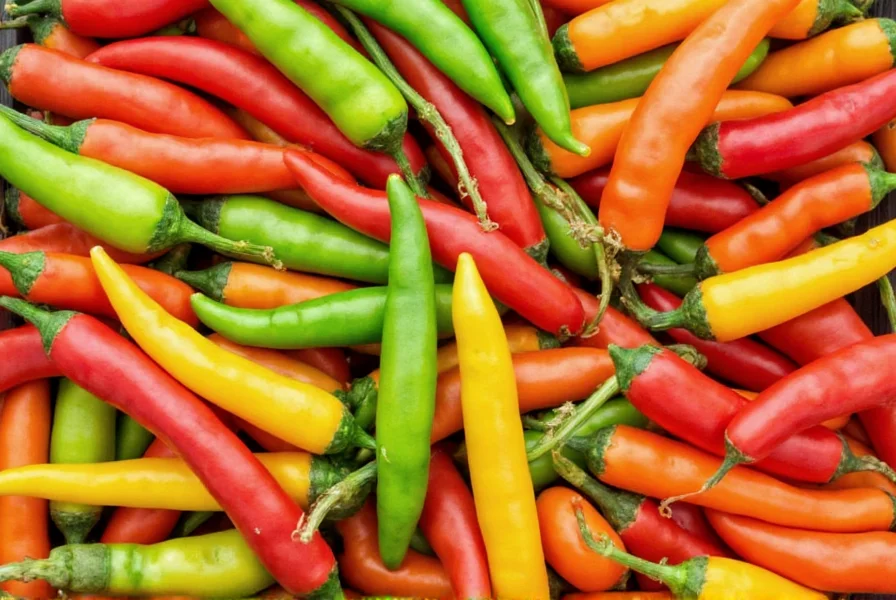
The confusion stems from inconsistent labeling - many grocery stores market jalapeños and serranos as "mild" when they're actually medium-heat peppers. For genuinely mild heat (<1,000 SHU), focus on bell peppers, poblanos, and specialty varieties specifically bred for low capsaicin content. These peppers provide complex flavors - sweet, earthy, smoky, or fruity - without the burn that makes many people avoid chili peppers entirely.
7 Truly Mild Chili Peppers (0-1,000 SHU)
Based on verified Scoville measurements from the Chile Pepper Institute, these varieties qualify as genuinely mild. Note: We've excluded jalapeños and serranos as they exceed mild heat thresholds.
| Pepper Variety | Actual Heat Range (SHU) | Flavor Characteristics | Best Culinary Uses |
|---|---|---|---|
| Bell Pepper (all colors) | 0 | Sweet, crisp, vegetal | Raw applications, stuffed peppers, stir-fries |
| Poblano (fresh) | 1,000-1,500 | Earthy, slightly sweet, grassy | Chiles rellenos, roasted sauces, soups |
| Anaheim | 500-1,000 | Mildly sweet, vegetal, tangy | Green chile stew, roasted dishes, canned goods |
| Cubanelle | 100-1,000 | Fruity, light sweetness, floral notes | Stuffed peppers, Italian cuisine, pickling |
| Padrón (95% of plants) | 100-500 | Nutty, grassy, occasionally spicy | Spanish tapas, quick sauté, vinegar-pickled |
| Shishito | 50-200 | Peppery, citrusy, smoky when blistered | Japanese-style blistered peppers, salads |
| Mini Sweet Pepper | 0-250 | Intensely sweet, tropical fruit notes | Snacking, kebabs, raw preparations |
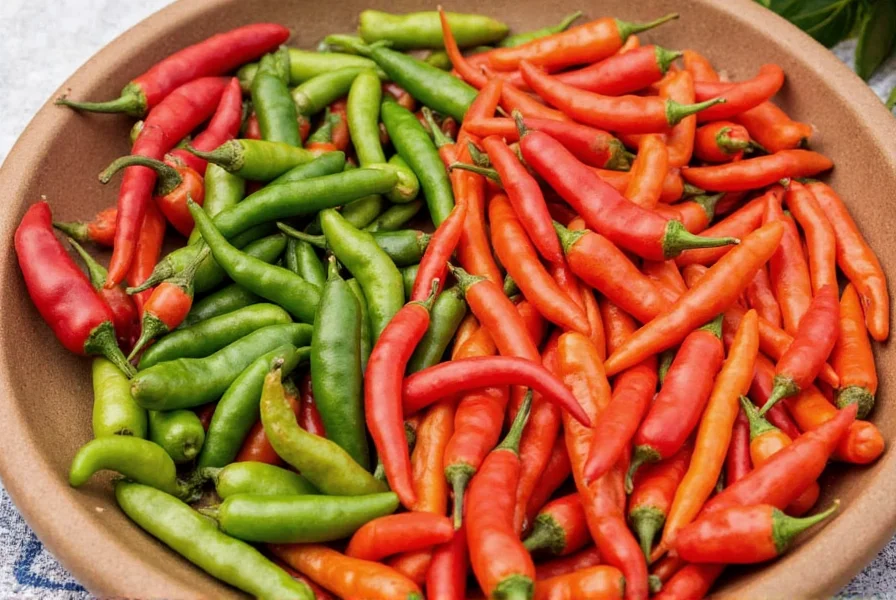
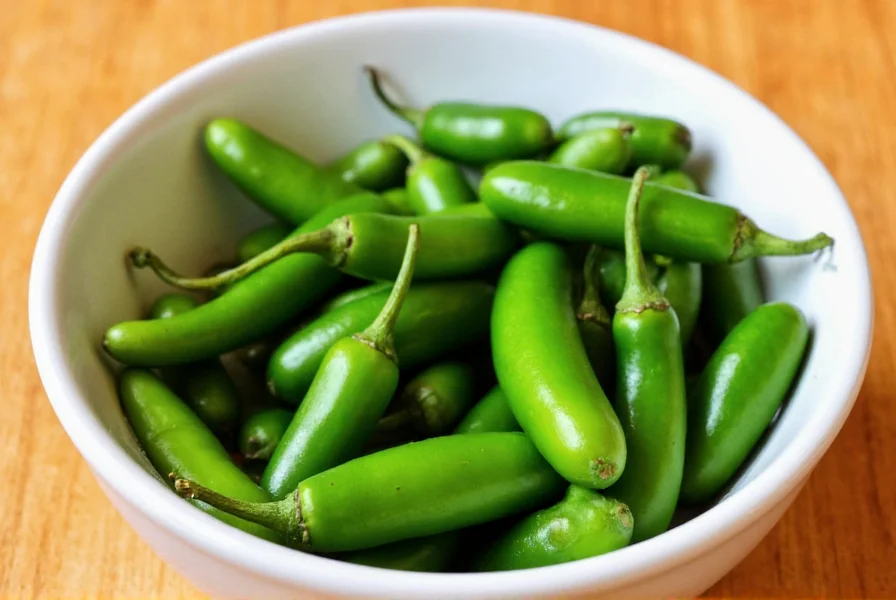
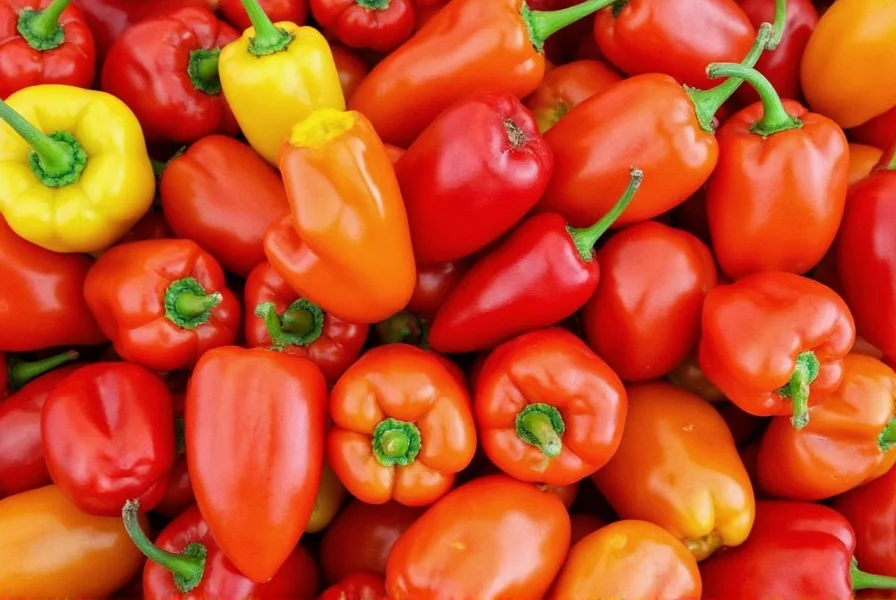
How to Use Mild Chili Peppers Without Overpowering Dishes
The secret to maximizing mild peppers' flavor without heat is understanding how preparation affects their chemistry:
- Seed removal isn't necessary: Unlike hotter varieties, mild peppers (under 1,000 SHU) contain minimal capsaicin in seeds. Removing them wastes flavor compounds.
- Raw vs. cooked differences: Poblanos develop deeper earthiness when roasted, while shishitos offer bright citrus notes raw. Bell peppers become sweeter when cooked.
- Acid balancing: A splash of lime juice or vinegar enhances mild peppers' natural flavors without adding heat - perfect for fresh salsas using poblanos or anaheims.
- Time-sensitive cooking: Add mild peppers late in cooking (last 5-7 minutes) to preserve their delicate flavor profiles. Extended cooking makes them lose distinctive characteristics.
- Flavor pairing guide: Match pepper varieties to cuisine - Cubanelles with Italian dishes, Poblanos with Mexican, Shishitos with Asian preparations.
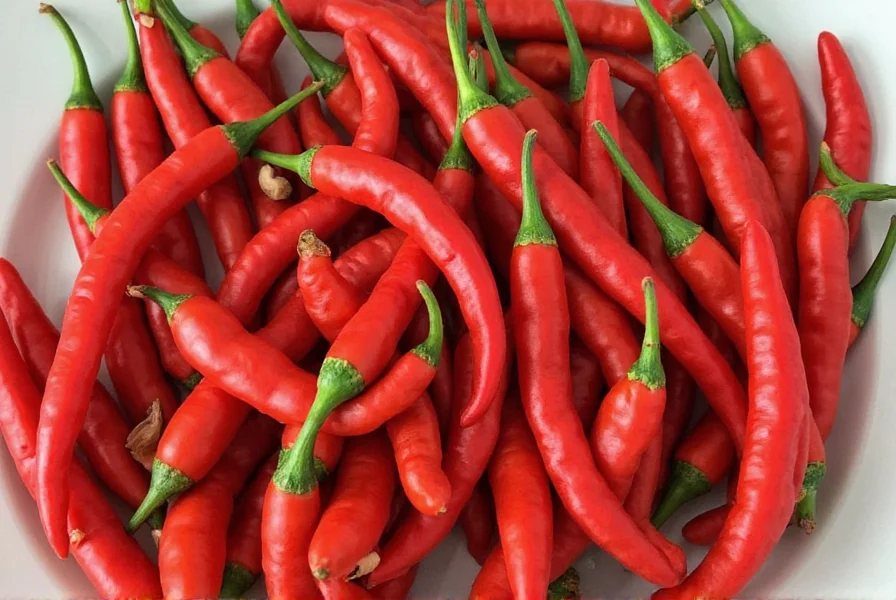
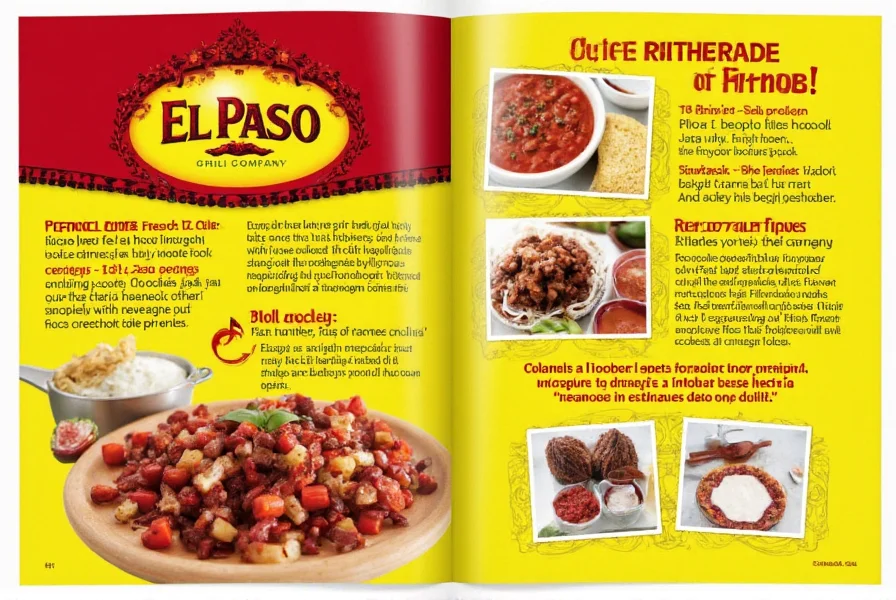
Buying Guide: Selecting Fresh Mild Peppers
Grocery store labeling often misrepresents heat levels. Use these science-backed selection techniques:
| Pepper Type | Visual Cues | Seasonality | Storage Method |
|---|---|---|---|
| Bell Peppers | Glossy skin, firm shoulders, deep color saturation | Year-round (peak summer) | Stem-down in crisper drawer (2 weeks) |
| Poblanos | Dark green, thick walls (¼ inch+), no wrinkles | August-October | Perforated bag with paper towel (10 days) |
| Anaheims | Bright green, slightly curved, firm texture | July-September | Ventilated container (7-10 days) |
| Shishitos | Vibrant green, uniform size, taut skin | May-September | Unwashed in paper bag (5 days) |
| Cubanelles | Yellow-green hue, thin walls, glossy finish | June-August | Stem-side down (8 days) |
Critical tip: Avoid peppers with blackened stem areas - this indicates capsaicin migration from hotter varieties in adjacent fields, potentially increasing heat levels by 30-50% even in typically mild types.
Debunking Common Mild Pepper Misconceptions
Industry misinformation causes most home cooking failures with "mild" peppers:
- Myth: "Mild" on grocery labels means no heat. Reality: Federal labeling has no standardized definition - many stores label 2,500 SHU jalapeños as "mild" when true mild peppers stay under 1,000 SHU.
- Myth: Color determines heat level. Reality: Ripeness affects flavor complexity but not necessarily heat - red poblanos remain mild (1,000-1,500 SHU) while some green jalapeños can hit 8,000 SHU.
- Myth: All small peppers are hot. Reality: Shishitos (1-3" long) stay under 200 SHU while large bell peppers reach 0 SHU. Size doesn't correlate with heat.
- Myth: Removing seeds eliminates all heat. Reality: In mild peppers (under 1,000 SHU), seeds contain minimal capsaicin - the white pith holds most heat compounds.
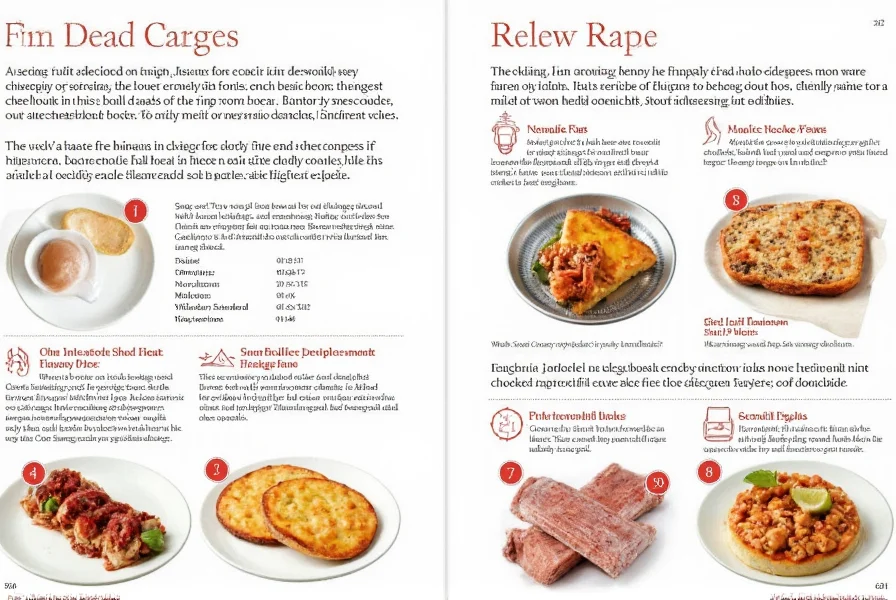
Your Top Mild Pepper Questions Answered
Which chili peppers are actually mild (under 1,000 SHU)?
Truly mild peppers (under 1,000 SHU) include bell peppers (0 SHU), shishito peppers (50-200 SHU), padrón peppers (100-500 SHU for 95% of plants), cubanelle peppers (100-1,000 SHU), and anaheim peppers (500-1,000 SHU). Note: Poblanos (1,000-1,500 SHU) are often marketed as mild but technically fall into low-medium heat. Jalapeños (2,500-8,000 SHU) are medium heat, not mild.
How can I verify a pepper's actual heat level before buying?
Look for Scoville ratings on specialty seed packets (most grocery store peppers lack this). Alternatively, check for the Chile Pepper Institute certification logo. At farmers markets, ask growers for specific variety names (e.g., 'Italian Sweet' vs generic 'bell pepper'). Avoid peppers with darkened stems - this indicates potential cross-pollination with hotter varieties.
Why do some 'mild' peppers still make my mouth burn?
Three common reasons: 1) Mislabeling - many stores incorrectly classify medium-heat peppers as mild 2) Individual sensitivity - some people react strongly to even low capsaicin levels 3) Cross-contamination - peppers grown near hotter varieties can absorb capsaicin through root systems. True mild peppers (<1,000 SHU) shouldn't cause burning for most people when consumed in normal culinary quantities.
What's the mildest chili pepper safe for children?
Bell peppers (all colors) are completely heat-free (0 SHU) and safest for children. Mini sweet peppers (0-250 SHU) offer intense sweetness with zero heat risk. For toddlers, remove seeds and pith from poblanos or anaheims to eliminate any trace capsaicin. Always introduce new peppers gradually - some children react to compounds other than capsaicin.
Can I grow genuinely mild peppers at home?
Yes, but choose certified mild varieties: 'Sweet Chocolate' bell peppers, 'Italian Sweet' cubanelles, or 'Shishito' peppers. Avoid cross-pollination by separating from hot pepper varieties by 500+ feet or using physical barriers. Soil pH (6.0-6.8) and consistent watering reduce stress-induced capsaicin production. Harvest when fully colored for peak sweetness and minimal heat.
Do mild peppers still provide health benefits?
Yes - mild peppers contain carotenoids and vitamin C without significant capsaicin. Bell peppers provide 169% of daily vitamin C per serving. Poblanos offer vitamin B6 and folate. The antioxidants in mild peppers support eye health and immunity without the gastrointestinal irritation some experience with hotter varieties. Note: Capsaicin-specific benefits (like pain relief) are minimal in true mild peppers.
Conclusion
Understanding true mild chili peppers (<1,000 SHU) solves the most common cooking frustrations with unexpected heat. By focusing on verified mild varieties like bell peppers, shishitos, and properly selected poblanos, you can enjoy complex pepper flavors without the burn. Remember to check specific heat ratings rather than relying on grocery store labels, and use preparation techniques that preserve these delicate peppers' unique characteristics. Whether you're cooking for children, heat-sensitive guests, or simply prefer nuanced flavors, these genuinely mild options expand your culinary possibilities without compromising on taste.
For best results, start with bell peppers to build flavor confidence, then gradually experiment with poblanos and anaheims as you develop your palate. The key isn't avoiding peppers entirely - it's selecting the right mild varieties for your specific heat tolerance and culinary goals.










 浙公网安备
33010002000092号
浙公网安备
33010002000092号 浙B2-20120091-4
浙B2-20120091-4